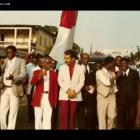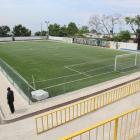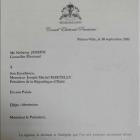ADVERTISEMENT
cacos
A Caco during the 1915 US Occupation of Haiti
You are looking at a Caco or a Haitian nationalist fighting against the 1915 US Occupation of Haiti.
Great Depression Ends U.S. Occupation in Haiti
When American forces began occupying Haiti in 1915, the island was in political and economic distress. America feared a German takeover of susceptible Haiti, and took control of the country's infrastructure, even writing its Constitution.
Haitians soon grew to hate the Occupation. They felt used, betrayed, and deprived of their autonomy.
Lonely when America's Great Depression occurred did they pull out in 1934 under pressure from American citizens, who disapproved of the U.S. spending too much money in Haiti.
Charlemagne Peralte Statue in Hinche
Here is a picture of the rebel leader Charlemagne Peralte. This Statue was erected in the city of Hinche
He was born in 1886 in Hinche but with his origin to a family who had migrated from theDominican Republic
A former Haitian officer who was the military chief in the city of Léogane when the US Marines invaded Haiti in July 1915, Charlemagne Péralte refused to surrender to the US Marines.
As a consequence, he resigned from the Haitian military position and returned to his birth city, Hinche
In 1917, Charlemagne Péralte was arrested by the occupying force and sentenced to five years of forced labor. Following his release, Charlemagne started his guerrilla warfare against the US troops until his assassination
Haiti invasion of Haiti caused by fair of Caco leader Rosalvo Bobo
After the lynching of President Vilbrun Guillaume Sam for the massacre of 167 political prisoners, US feared that anti-US Caco leader Rosalvo Bobo might take over. President Wilson as a consequence ordered the invasion of Haiti
The US marines headed by Admiral William B. Caperton stormed the shores of Haiti. During the invasion of the American military forces in Haiti, Rosalvo Bobo was very popular. He was known as the rebel leader who managed to remove Vilbrun Guillaume Sam from power. However, Admiral William B. Caperton considered him as an enemy of the US and instead selected Sudre Dartiguenave to become president.
Presidential palace of President Villbrum Guilluiame Sam who was assassinated
Presidential palace of President Villbrum Guilluiame Sam who was assassinated
At the beginning of the 20th century, United States became increasingly concerned with the level of German activity and influence in Haiti. German businesses in Haiti dominated commerce in the entire area.
German nationals controlled over 80 percent of Haiti international commerce. They owned utilities in Cap Haitien and Port-au-Prince, wharf, railroad serving the Plain of the Cul-de-Sac. To get around Haitian law that forbid foreigners from owning land in Haiti, German men were increasingly marrying Haitian women and open businesses.
Although the sphere of U.S influence in the Caribbean started in 1898, in 1915, during the First World War, the U.S President Woodrow Wilson feared that Germany could invade Haiti and establish a military base near the Panama Canal that was built with huge U.S investment. The U.S President had right reasons to worry because then there were many Germans settlers living in Haiti who had financed the rampaging cacos with loans which were almost impossible to be repaid and they were at the mercy of the Germans to invade and restore order.
American Marines guard Haitian Cacos captured outside Port-au-Prince
Here is a picture of several American Marines guarding Haitian Cacos captured outside Port-au-Prince.
Since the time Haiti got its independence from France in 1804, it had gone through a succession of dictators. At the beginning of the twentieth century, the population of the island was poor, uneducated and hungry. Between 1908 and 1915, the country was totally broken down. More than seven men seized the presidency, regional warlords and peasant guerrillas from the north (cocos) fought in the streets; more than 2,000 Haitian lives were lost.
Cacoists and Germany Force U.S. Occupation
Haiti was failing as a country in 1915. Cacoists' militias were waging war in the streets, financed by German immigrants. News Germany might invade the island reached the U.S., and to prevent that, American warships invaded first, stopping anti-American cacoist leader, Rosalvo Bobo.
Until 1934 the U.S. ran the island with Haitian figurehead rulers. Haitians grew to resent the Occupation; they wanted Bobo in power.
Eventually due to the Great Depression in America, U.S. troops withdrew.
Charlemagne Peralte betrayed by Jean-Baptiste Conze
Here is a picture of Jean-Baptiste Conze, the Haitian rebel fighter who betrayed Charlemagne Peralte.
By that time, Charlemagne Péralte had already declared a provisional government in the north of Haiti.
Charlemagne Péralte was betrayed by one of his Caco fighters, Jean-Baptiste Conzé. This opportunist, led US Marines Sergeant Herman H. Hanneken and Corporal William Button into the Caco rebels camp which was located at the time near Grand-Rivière Du Nord
A name that has became famous in Haiti in its own right, Jean-Baptiste Conzé "Conzé"

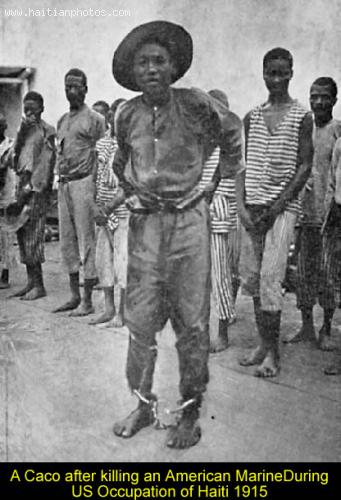
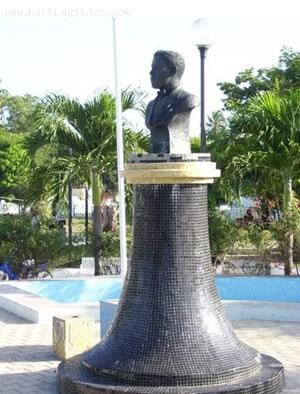
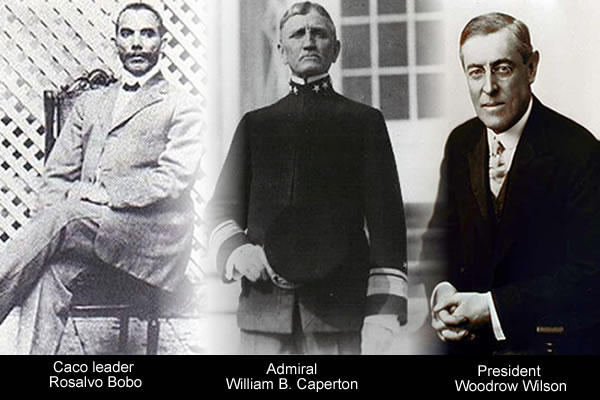
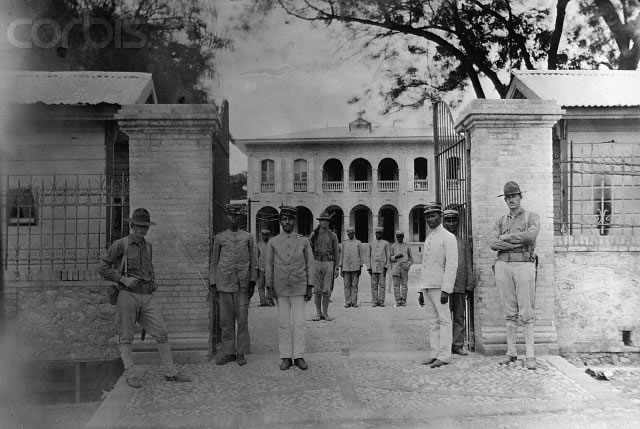
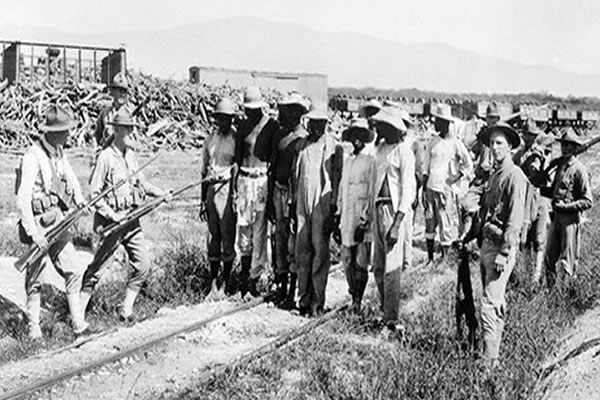
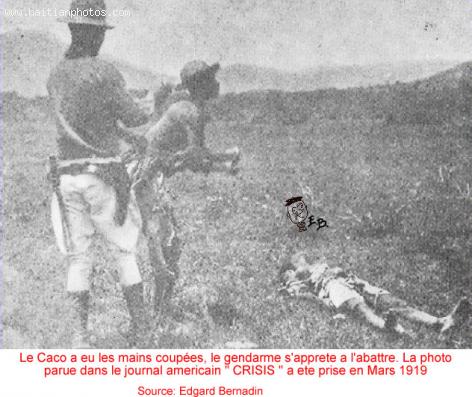
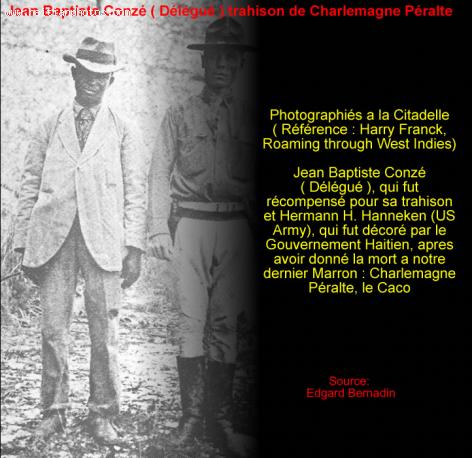
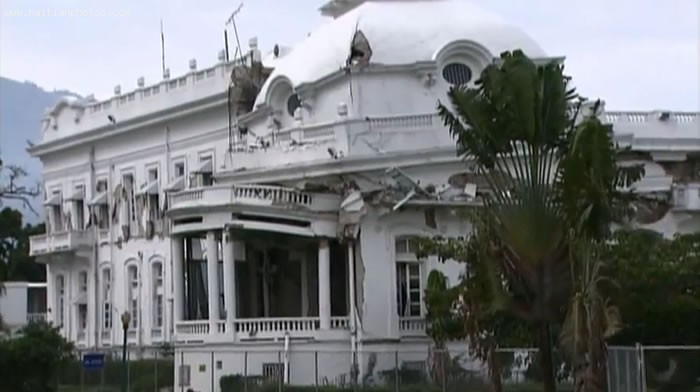
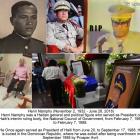 Henri Namphy Haitian General and President , buried in...
Henri Namphy Haitian General and President , buried in... 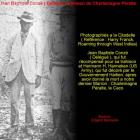 Charlemagne Peralte betrayed by Jean-Baptiste Conze
Charlemagne Peralte betrayed by Jean-Baptiste Conze  The Gardens of the MUPANAH
The Gardens of the MUPANAH 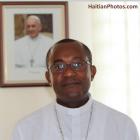 Pope Francis appointed Mgr. Launay Saturne Archbishop of...
Pope Francis appointed Mgr. Launay Saturne Archbishop of... 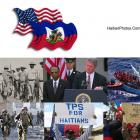 Haitians, the second largest black immigrant group in the US
Haitians, the second largest black immigrant group in the US 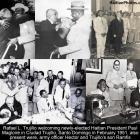 Rafael L. Trujillo welcoming Paul Magloire in Santo Domingo
Rafael L. Trujillo welcoming Paul Magloire in Santo Domingo 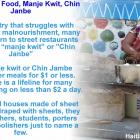 Haiti Street Food, manje kwit or Chin Janbe, for $1 or less
Haiti Street Food, manje kwit or Chin Janbe, for $1 or less 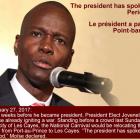 Jovenel Moise, the president has spoken. Period
Jovenel Moise, the president has spoken. Period 